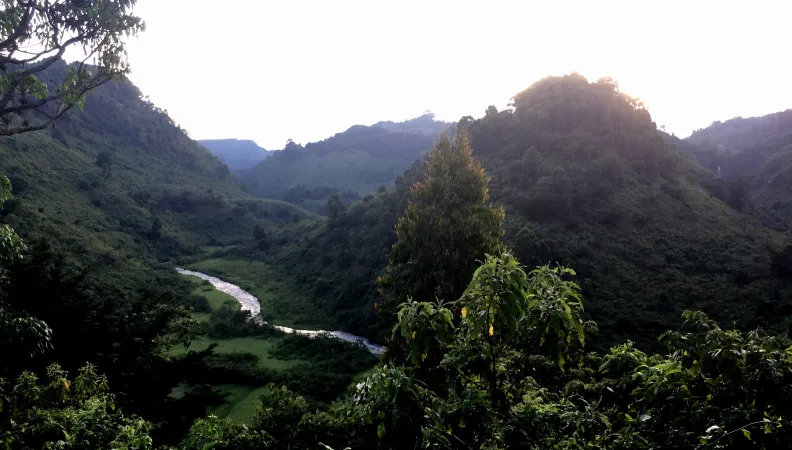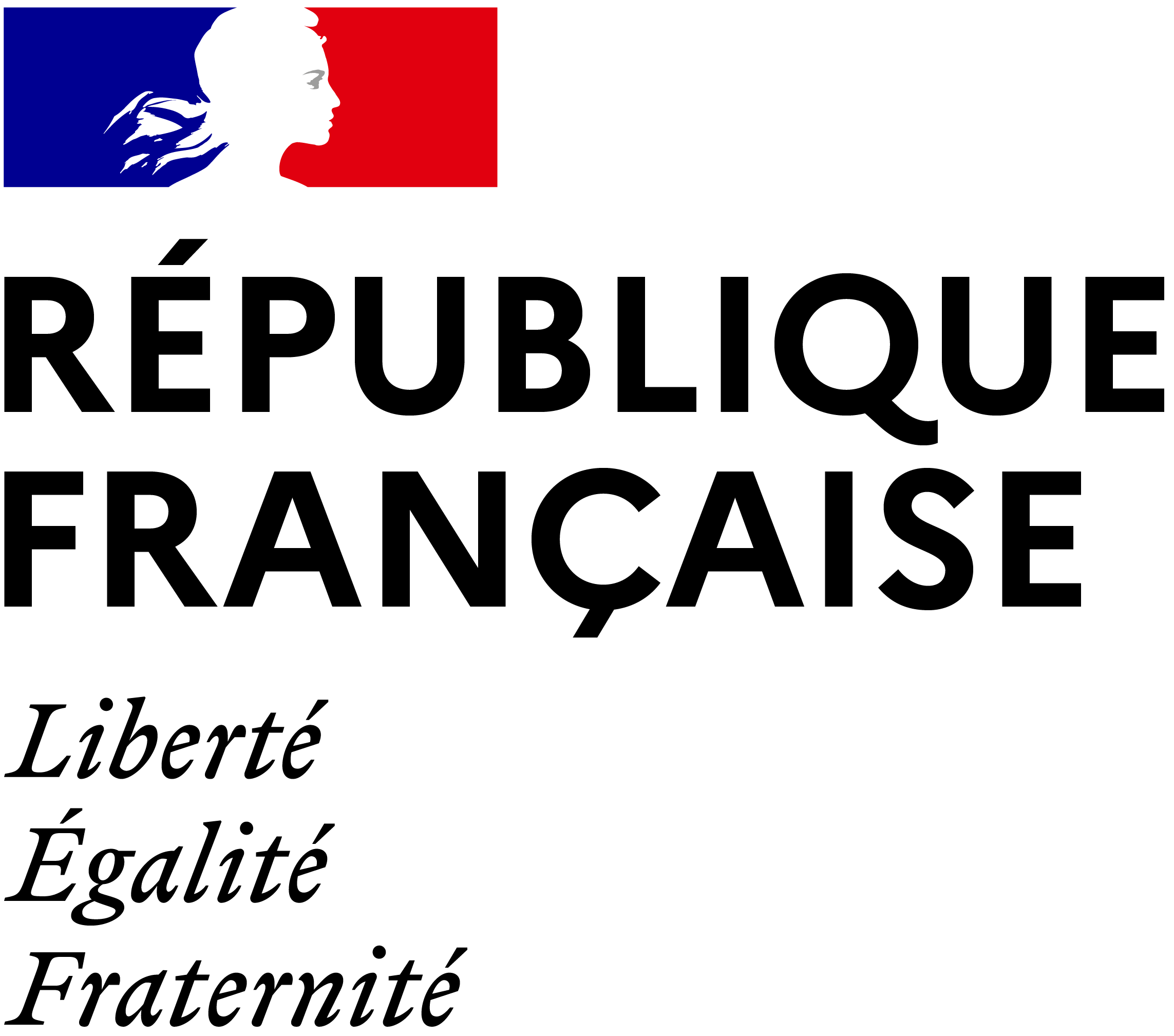Share the page
Rehabilitation of Aberdares Forest with Green Belt Movement
Project


-
Project start date
-
-
Project end date
-
-
AFD financing amount
-
€ 1300000
-
Country and region
-
Location
-
Ndaragwa
-
Type of financing
-
Beneficiaries
-
Green Belt Movement Kenya
The Aberdares Forest, one of the last remaining primary forests in Kenya, Nairobi's main water source, was heavily threatened before being rehabilitated by the Nobel Peace Prize winner Wangarai Mathai's Green Belt Movement.
Context
The Aberdares National Park is home to one of Kenya's last remaining primary forests and is the main water tower for the Nairobi capital. There are major threats to this ecosystem: logging, charcoal production (fuel sources), pastures, cultivation and housing construction. All these activities are illegal, but constantly increasing due to demographic pressure. The consequences for water resources and biodiversity are visible. To reverse this trend, the Green Belt Movement, led by Wangari Maathai, requested AFD's support in 2006 to restore degraded areas, raise awareness among neighbouring populations and improve their living conditions.
Description
The project included: creation of nurseries (production of 4 million plants) and replanting trees on degraded plots (2,000 hectares), awareness of forest protection with the help of the civil society (local NGOs, groups of women, etc.), diversification of sources of income of people living near the forest and promotion of profitable alternative use of forest products to create a replicable methodology for the rehabilitation of other forest ecosystems.
Impacts
According to the Green Belt Movement, the project made it possible to plant 3.8 million trees, about half of them on 2,000 hectares of forest and the other half on 1,900 hectares of public sites or community areas. Wangari Maathai's work in raising community awareness on the importance of forest conservation earned her the 2004 Nobel Prize. Her action has most certainly helped mitigate the impacts of climate change on Nairobi water supply.


